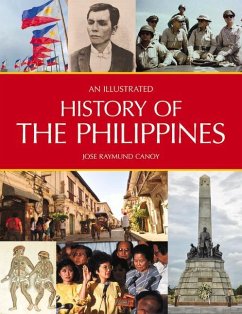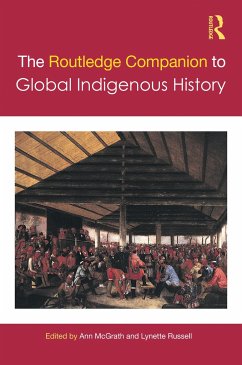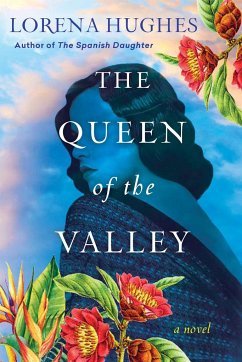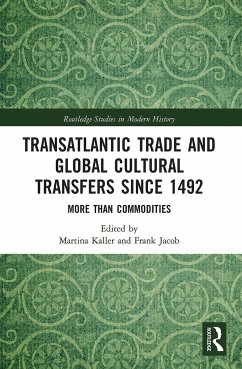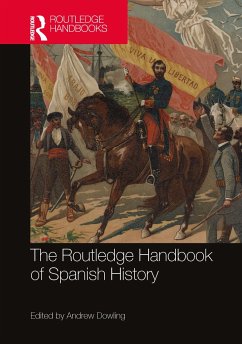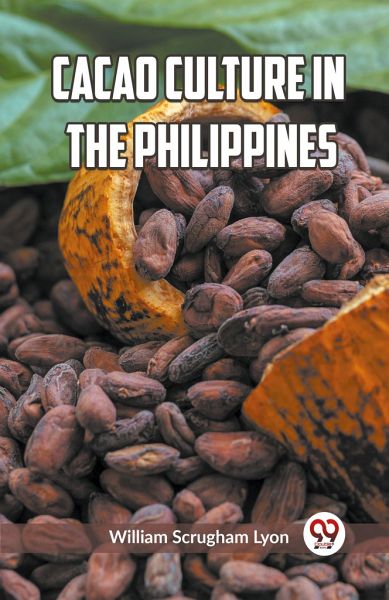
Cacao Culture in the Philippines
Versandkostenfrei!
Versandfertig in 1-2 Wochen
17,99 €
inkl. MwSt.

PAYBACK Punkte
0 °P sammeln!
In "Cacao Culture in the Philippines," William Scrugham Lyon offers a charming collection of stories that weave collectively his profound thoughts on Philippine records. This compilation serves as a consolidated exploration, carefully drafted to make these historic narratives reachable to readers at an low-priced charge. The tales within this anthology range from the exciting and high-quality to those who subtly creep up on readers, drawing them into the wealthy tapestry of the Philippines' past. Deemed a historical work, this book stands as a splendid series of thoughts, catering to readers o...
In "Cacao Culture in the Philippines," William Scrugham Lyon offers a charming collection of stories that weave collectively his profound thoughts on Philippine records. This compilation serves as a consolidated exploration, carefully drafted to make these historic narratives reachable to readers at an low-priced charge. The tales within this anthology range from the exciting and high-quality to those who subtly creep up on readers, drawing them into the wealthy tapestry of the Philippines' past. Deemed a historical work, this book stands as a splendid series of thoughts, catering to readers of diverse age businesses. The narrative unfolds with fascinating and sudden twists, ensuring an attractive experience for the ones delving into the complexities of cacao culture and its historic importance in the Philippines. Notably, this edition boasts a sparkling and alluring cover design, coupled with a professionally typeset manuscript, making "Cacao Culture within the Philippines" a current and effortlessly readable exploration of the state's historic landscape. Lyon's work invitations readers to delve into the depths of Philippine records via the lens of cacao cultivation, presenting an informative and immersive adventure that transcends age obstacles.





